Is USB-C a dirty word in the Apple world? Certainly not. While we can be angry at the EU for wanting to take Lightning away from us all we want, Apple itself should have been more sensible in this regard and avoided this whole affair in the first place. But will anyone really miss Lightning? Probably not.
Apple introduced Lightning together with the iPhone 5 in 2012. At the same time, it implemented USB-C in its MacBooks for a while, namely in 2015. The first swallow was the 12" MacBook, which also set a design trend that continues to this day in the form of the 13" MacBook Pro with M2 and MacBook Air with M1. It was Apple that introduced the wider use of the USB-C connector, and if he has to scold someone that the EU now wants to take Lightning away from him, he can only do so to himself.
The whole world has been going USB-C for a long time, whatever its specification. This is about the terminal itself and the fact that you can charge all electronic devices with one cable. But that's only one side of the coin. Lightning hasn't changed since the year it was introduced, while USB-C is constantly evolving. The USB4 standard can offer a speed of up to 40 Gb/s, which is completely different compared to Lightning. It relies on the USB 2.0 standard and offers a maximum of 480 Mb/s. USB-C can also work with a higher voltage of 3 to 5A, so it will provide faster charging than Lightning with 2,4A.
It could be interest you
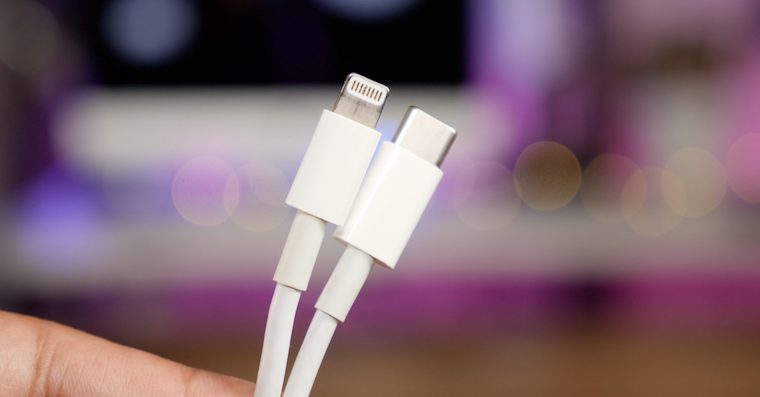
Apple is cutting itself a branch
Whatever Apple device you buy today that comes with a cable, it has a USB-C connector on one side. Some time ago, we discarded earlier adapters, with which this standard is of course not compatible. But if we're not talking about MacBooks and iPads, you'll still only find Lightning on the other side. With the complete transition to USB-C, we will throw away only the cables, the adapters will remain.
iPhones aren't the only ones still relying on Lightning. Magic Keyboard, Magic Trackpad, Magic Mouse, but also AirPods or even the controller for Apple TV still contain Lightning, through which you charge them, even if you can already find USB-C on the other side. In addition, Apple has only recently updated a number of peripherals with a USB-C cable, leaving Lightning pointlessly for charging them. At the same time, he has already got his head around iPads and, with the exception of the basic one, has completely switched to USB-C.
It could be interest you
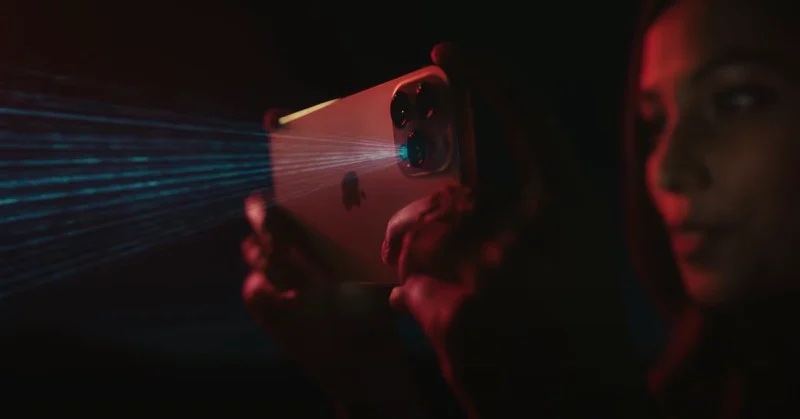
3, 2, 1, fire…
Apple doesn't want to bend its back and doesn't want to be dictated to. When he already has a perfect MFi system built on Lightning, from which he receives a lot of money, he simply does not want to give it up. But perhaps with the introduction of MagSafe technology in the iPhone 12, he was already preparing for this inevitable step, that is to say goodbye to Lightning, because sooner or later he will have a target on his back that he will have to deal with. But it is already focusing on that target and will shoot slowly, so hopefully Apple will be able to do it, it has until the fall of 2024. Until then, however, it can build the Made For MagSafe ecosystem to at least plug the financial hole with something.
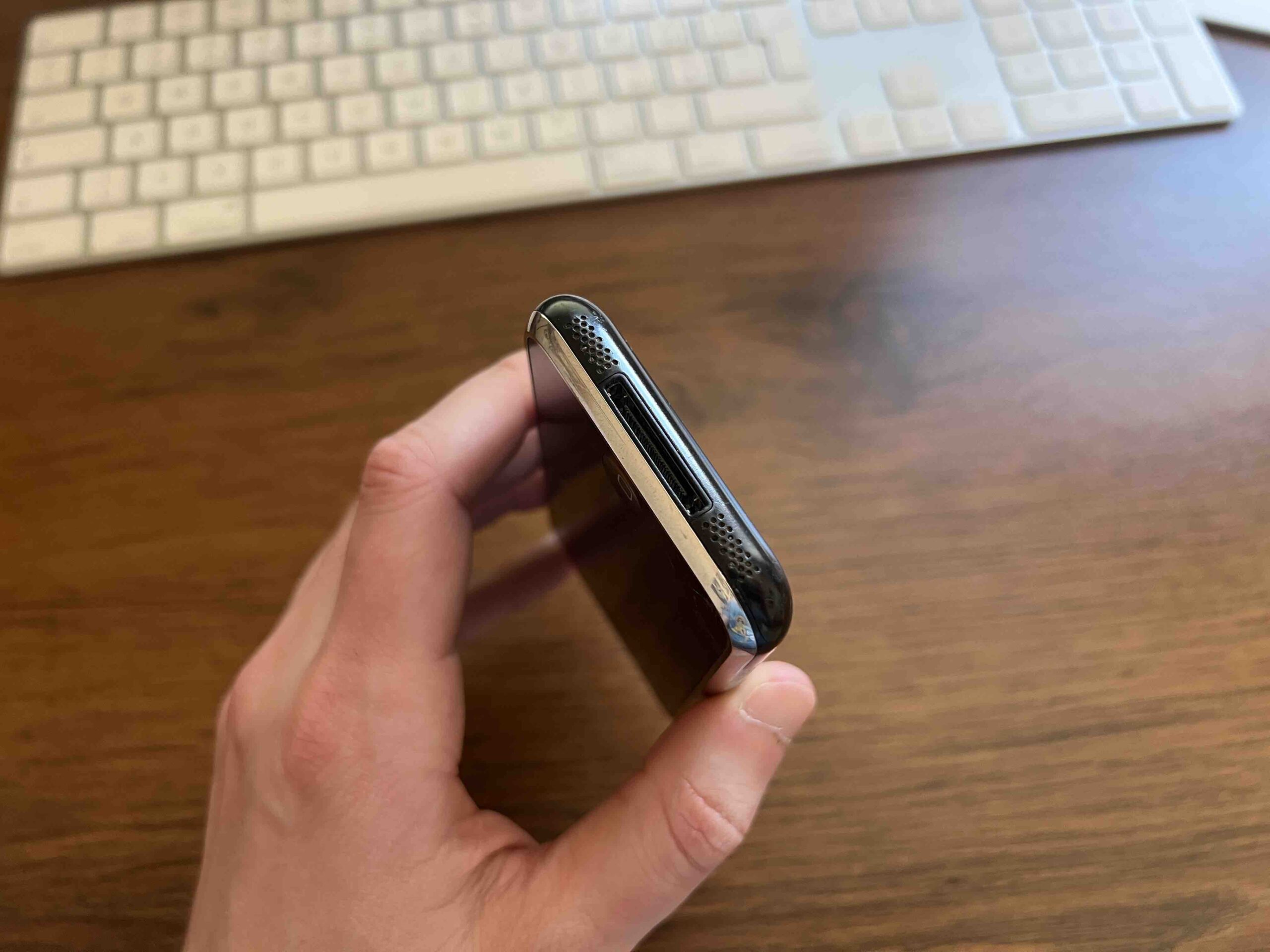
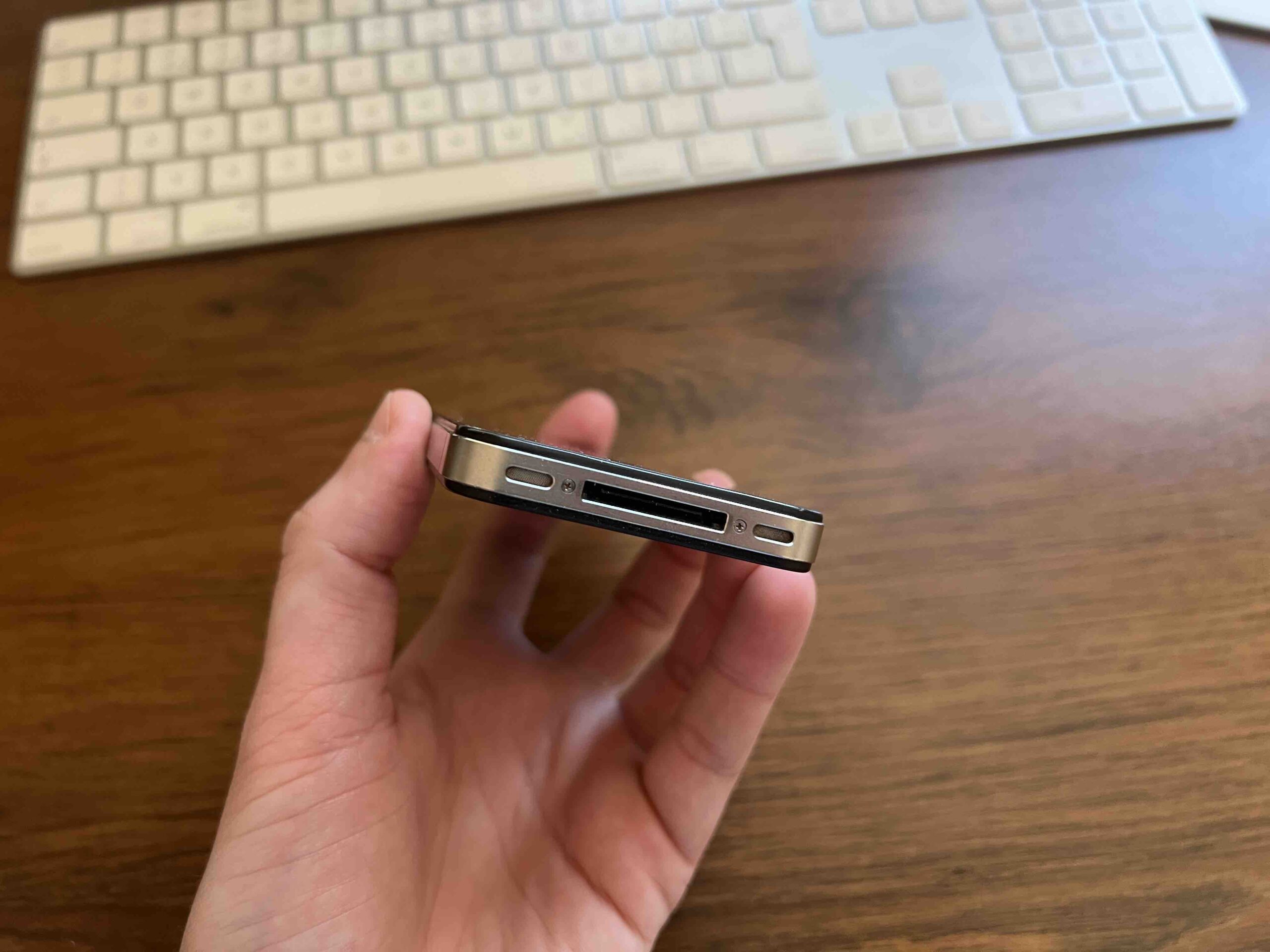
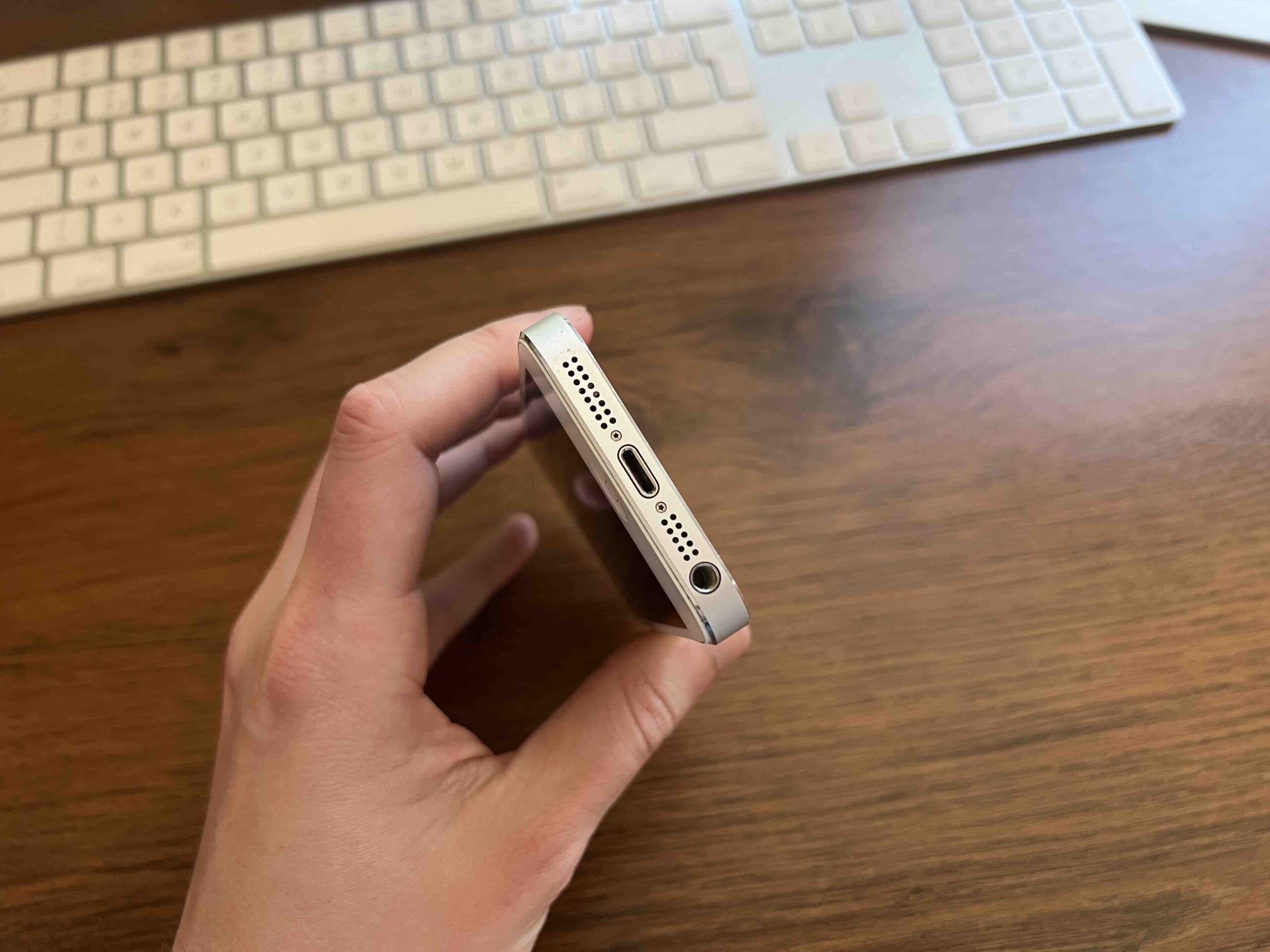

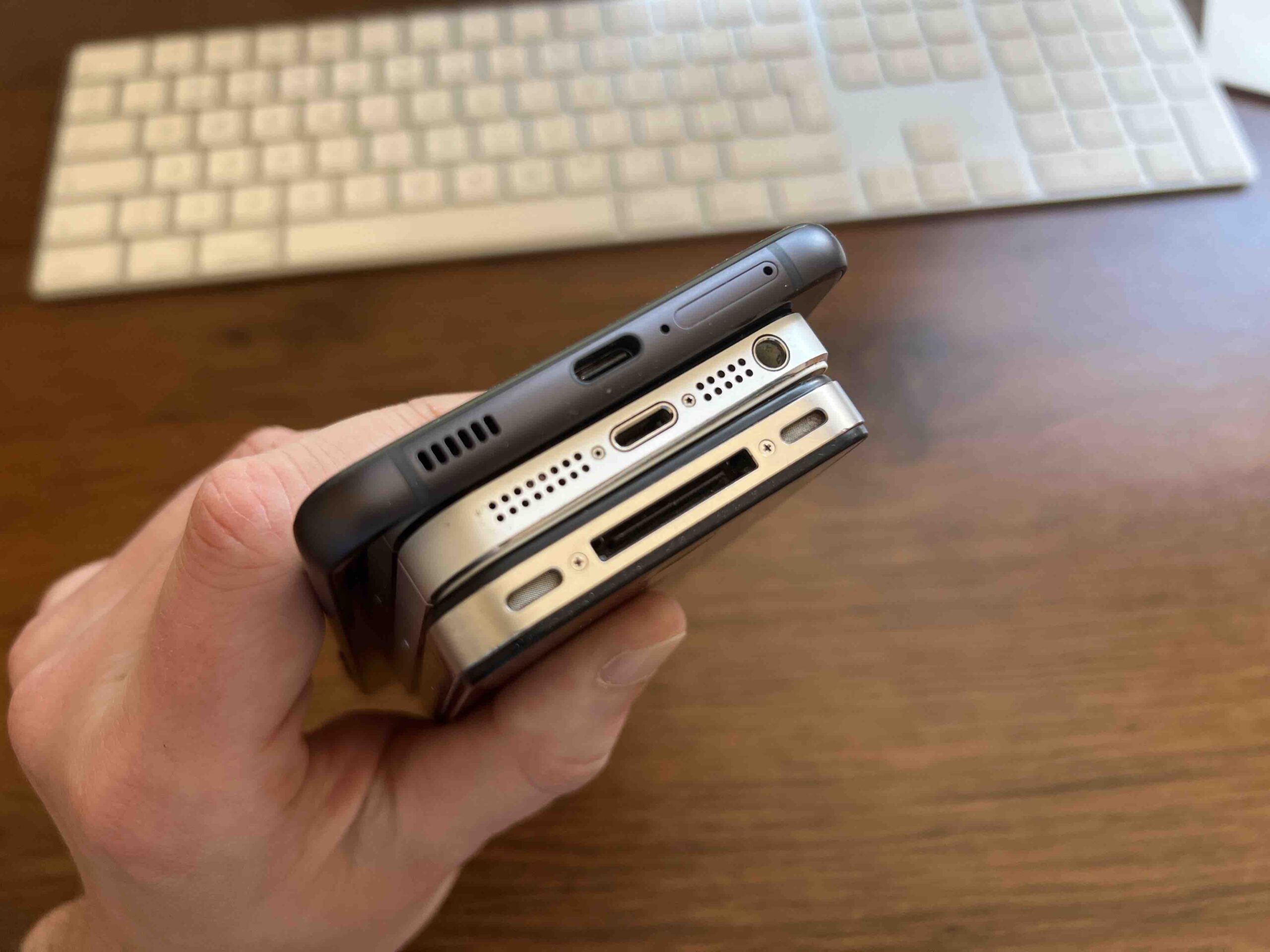
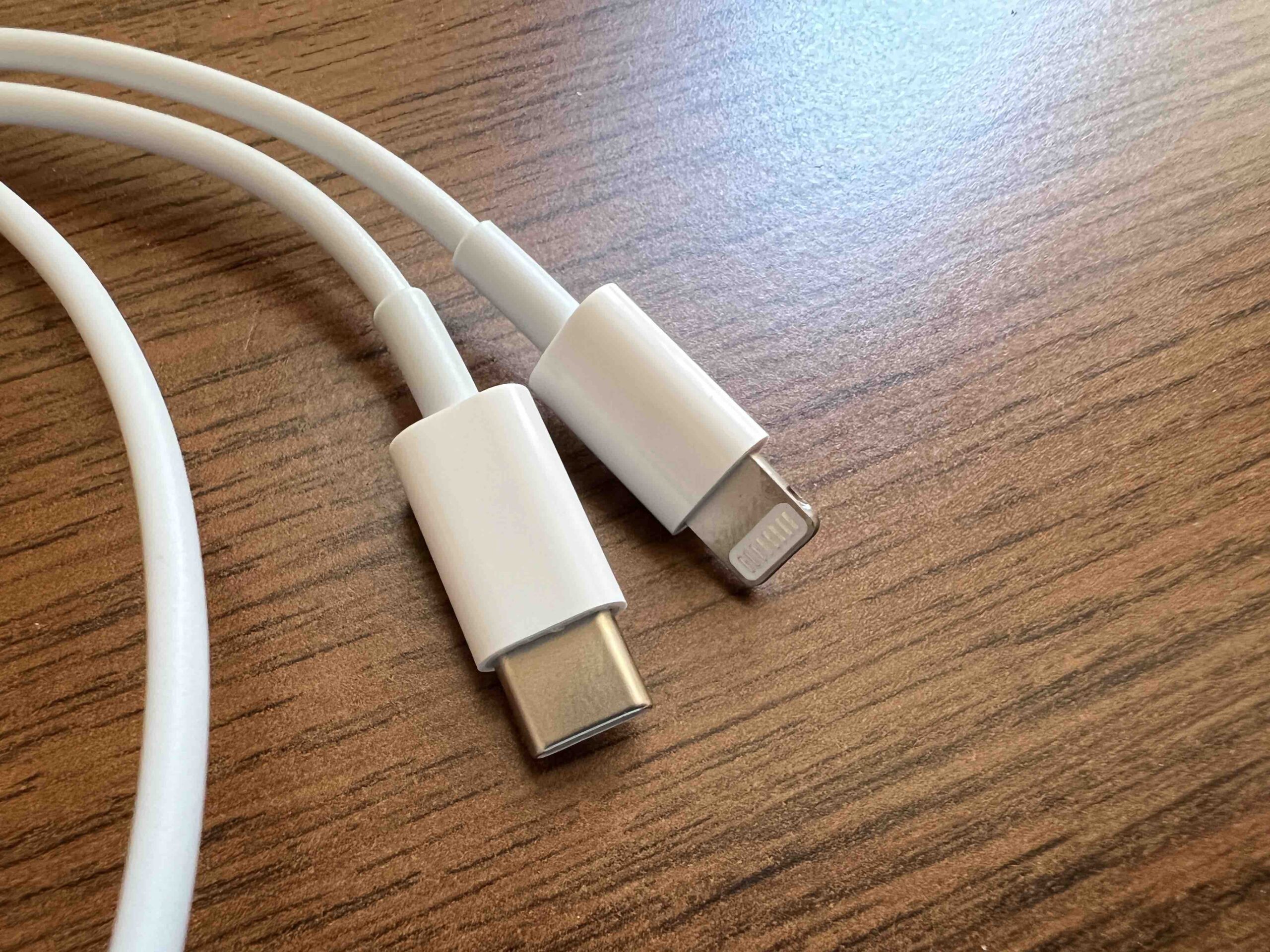
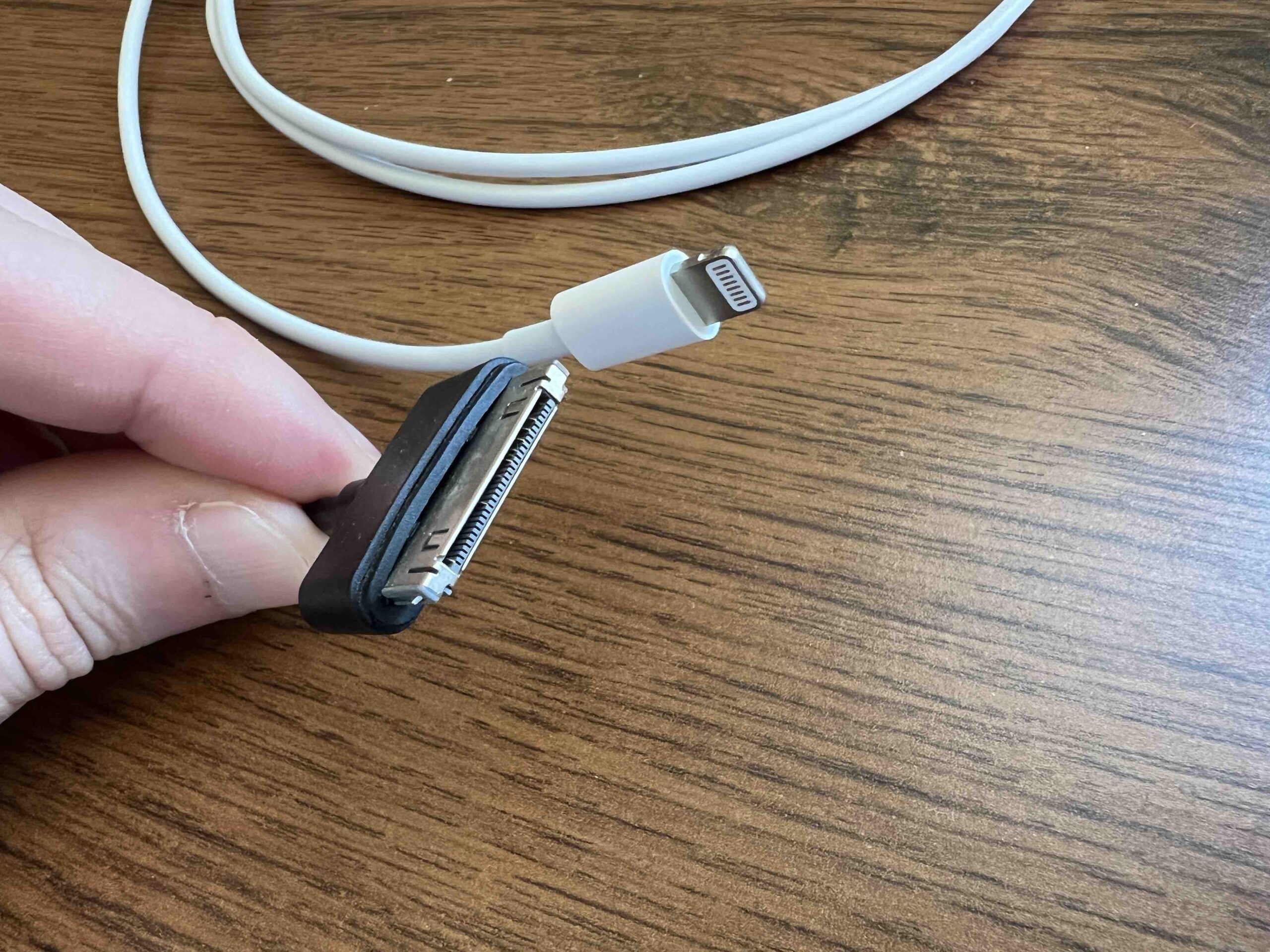
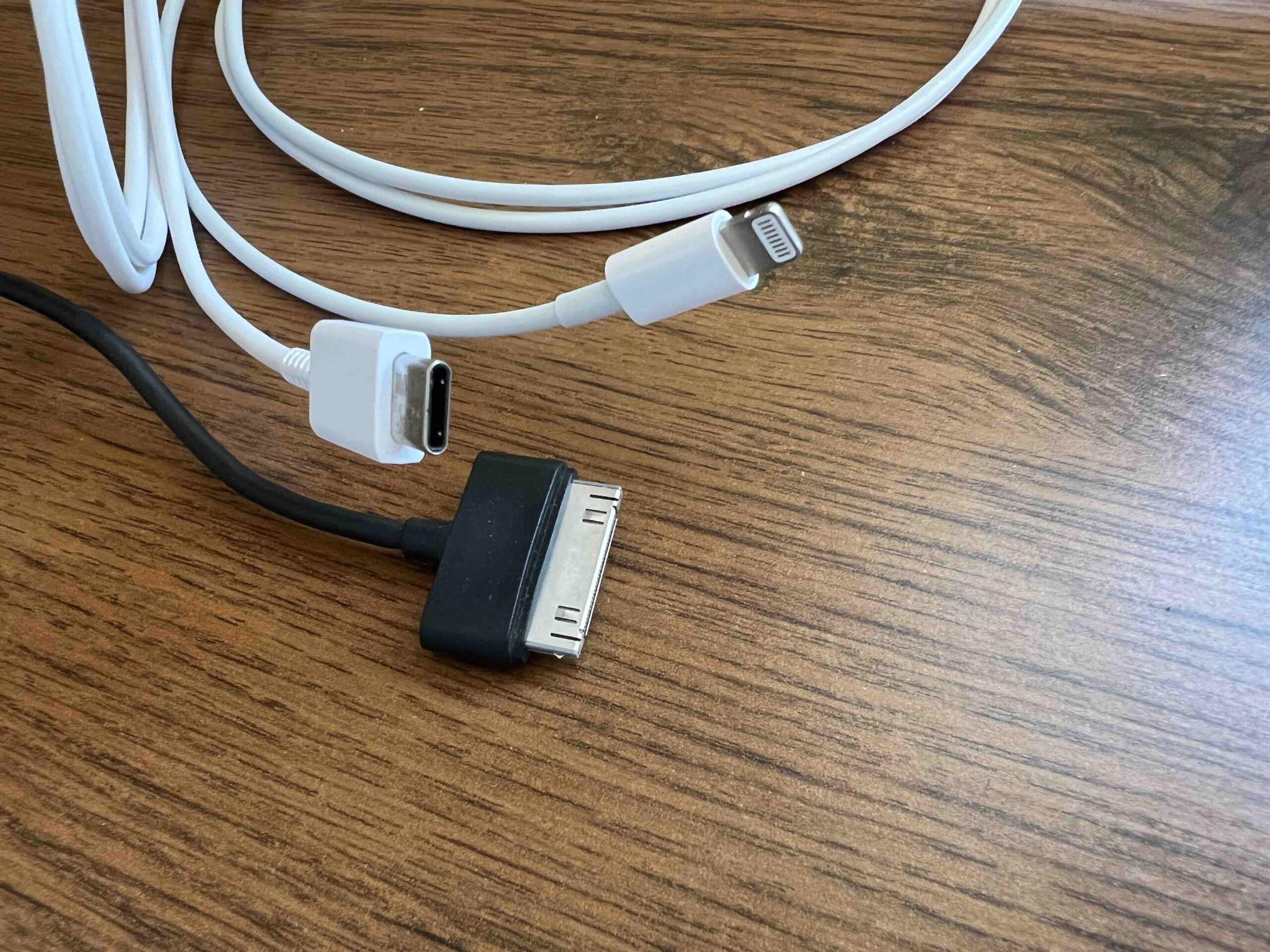
 Flying around the world with Apple
Flying around the world with Apple 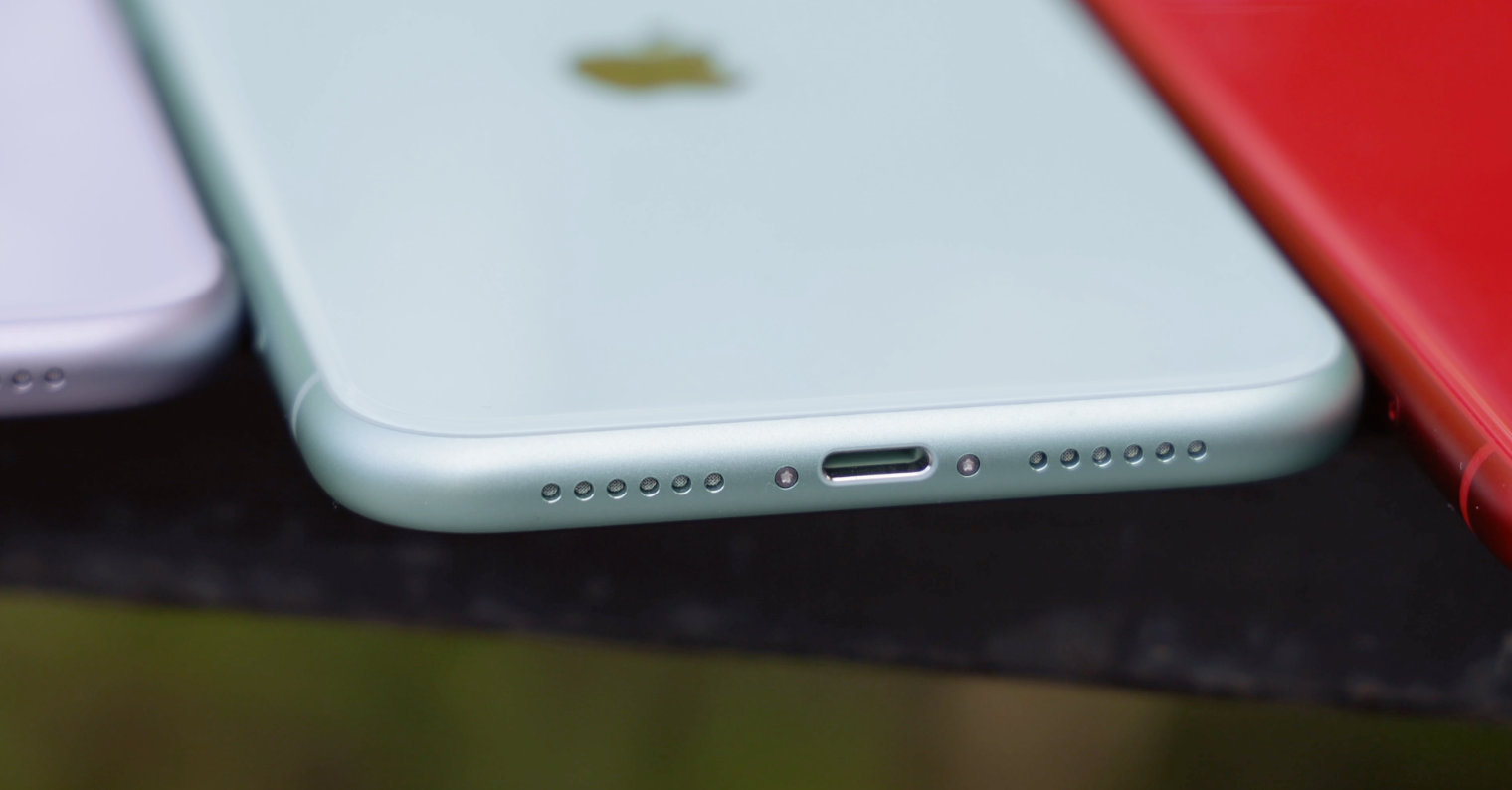
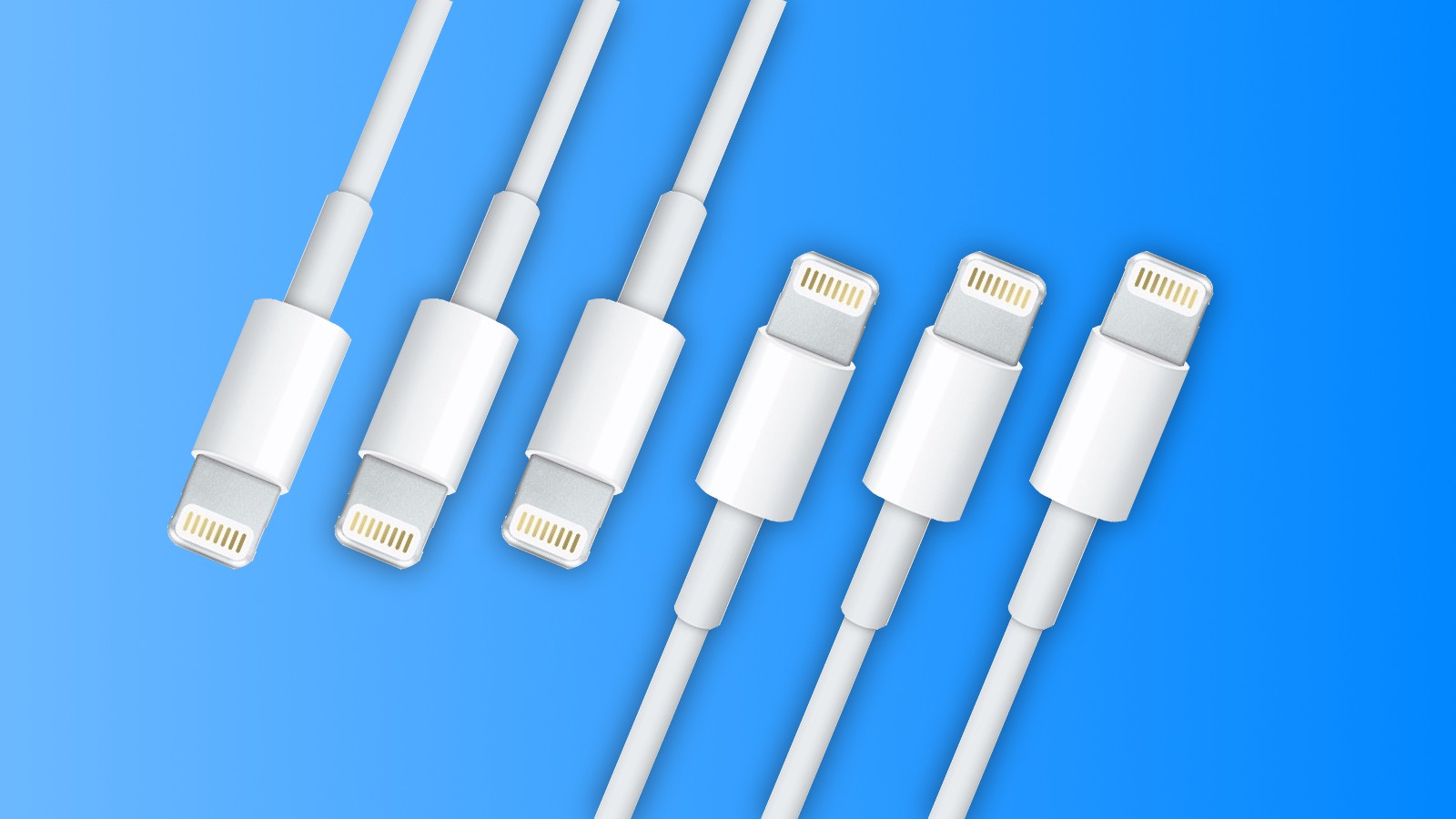
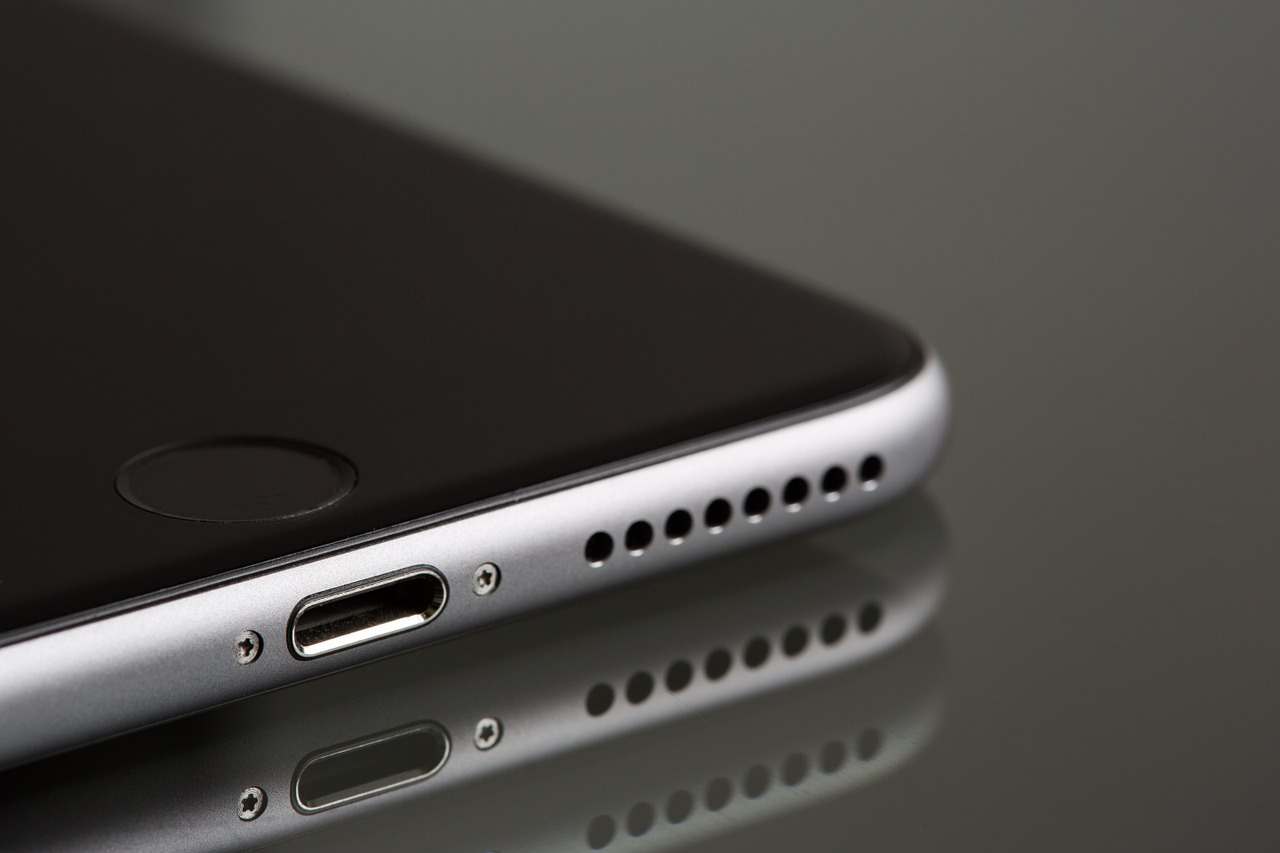
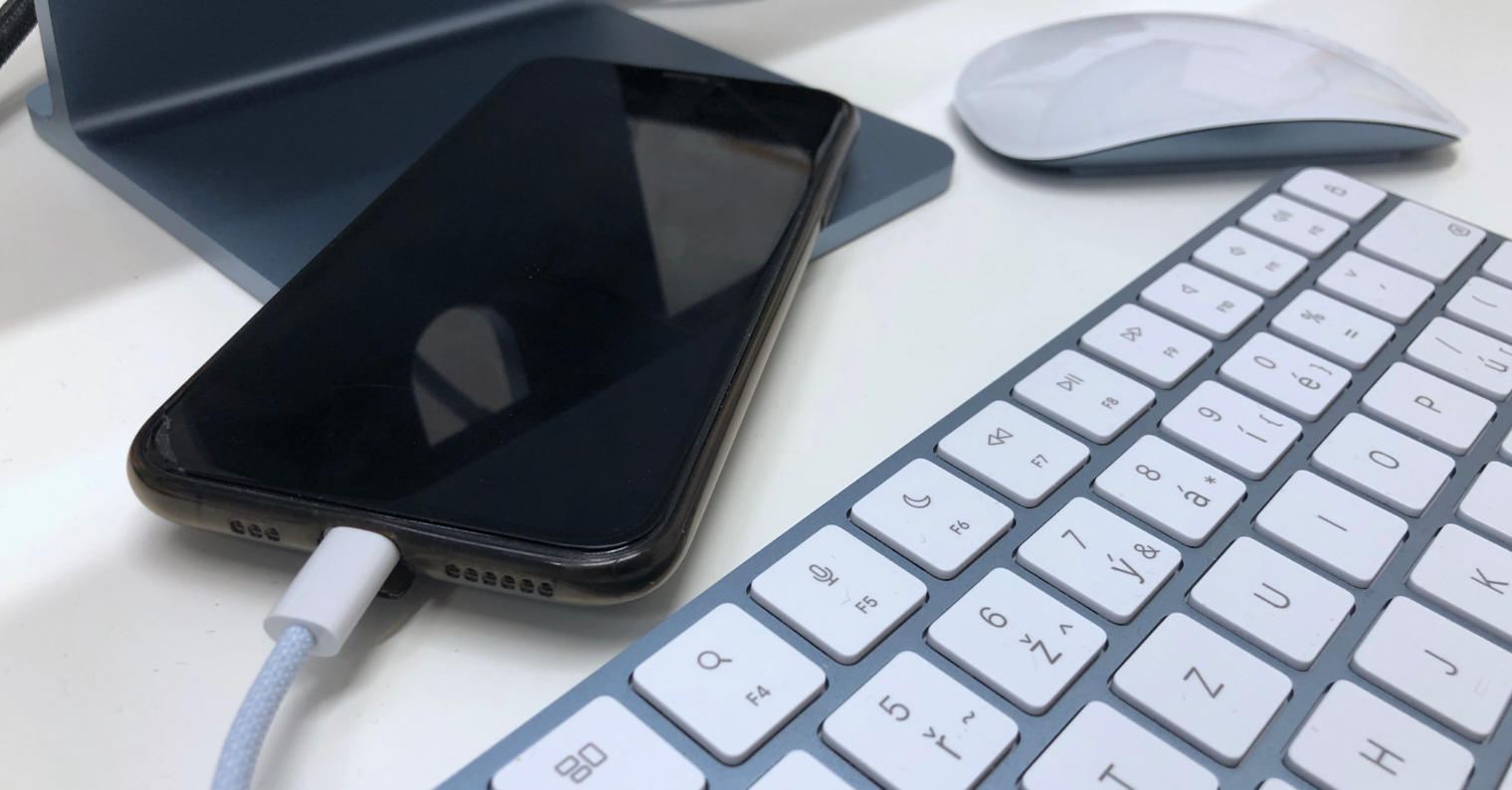
 Adam Kos
Adam Kos
He is still somewhere constantly trying to figure out why Apple doesn't have USB-C and it has Lighting, and that the EU makes it dark for him. But for what? It is completely stolen from me as a consumer. I charge wirelessly and I don't need a cable to the phone at all. And not even for transferring data. Headphones? Wireless.